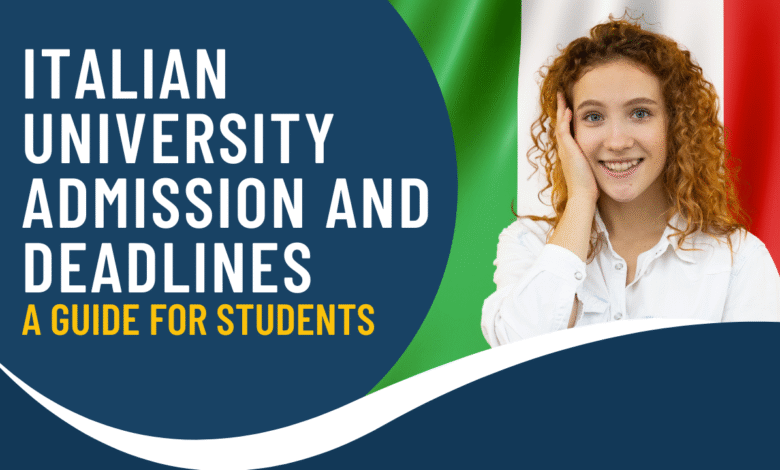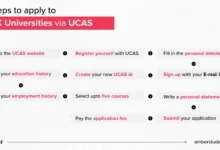Admission Guide for International Students in Italian Universities
Admission Guide for International Students in Italian Universities

Italy is not only famous for its rich culture, history, and art, but also for being home to some of the world’s top universities. International students are increasingly choosing Italy because of its affordable tuition fees, English-taught programs, and opportunities for scholarships.
If you’re an international student considering studying in Italy, here’s a step-by-step guide to help you through the admission process.
1. Choose Your Program and University
Italy offers programs in arts, humanities, medicine, engineering, business, and sciences. Some top universities include:
•University of Bologna (oldest in Europe)
•Sapienza University of Rome
•Politecnico di Milano (engineering & design)
•University of Padua
•Bocconi University (business & economics)
Check if your program is taught in English or Italian.
2. Admission Requirements
Requirements vary by program and university, but generally include:
•Completed application form.
•High school diploma (for Bachelor’s) or Bachelor’s degree (for Master’s).
•Academic transcripts.
•Proof of English proficiency (IELTS/TOEFL) or Italian proficiency (CILS/CELI) if required.
•Motivation letter or statement of purpose.
•Passport copy.
•CV (for postgraduate programs).
•Letters of recommendation (mainly for Master’s/PhD).
3. Pre-Application & Eligibility Check
International students must apply through the Italian Ministry of Education (MIUR) portal or directly on the university’s online system. Some universities also require a pre-application at the Italian Embassy/Consulate in your home country.
4. Entrance Exams
Some programs require entrance tests such as:
•IMAT (International Medical Admissions Test) – for medicine in English.
•Architecture & Design entrance exams.
•University-specific tests (especially for engineering & economics).
5. Application Deadlines
•Most Italian universities open applications from January to April for programs starting in September/October.
•Some universities offer a second intake in February.
6. Tuition Fees and Scholarships
•Tuition fees: €900 – €4,000 per year (much cheaper than US/UK).
•Popular scholarships:
•Italian Government Scholarships for International Students.
•Erasmus+ Program.
•University-specific grants (e.g., University of Bologna Study Grants).
7. Apply for a Student Visa
After securing admission, apply for a Type D student visa at the Italian Embassy in your home country. You’ll need:
•Admission letter from the university.
•Proof of financial means (€450/month).
•Health insurance.
•Proof of accommodation in Italy.
•Valid passport & visa application form.
8. Arriving in Italy & Residence Permit
Within 8 days of arrival, apply for a Permesso di Soggiorno (residence permit) at the local post office. This allows you to legally live and study in Italy.
Final Tips for International Students
•Learn basic Italian language skills – even if your program is in English, it helps in daily life.
•Apply early for scholarships to reduce costs.
•Research whether your home-country qualifications are recognized (some African and Asian students may need extra verification).
•Explore part-time work options – international students in Italy can work up to 20 hours/week.
Final Thoughts
Italy is one of the best destinations for affordable, high-quality education in Europe. With careful planning, international students can secure admission, enjoy generous scholarships, and experience one of the most culturally rich countries in the world.






